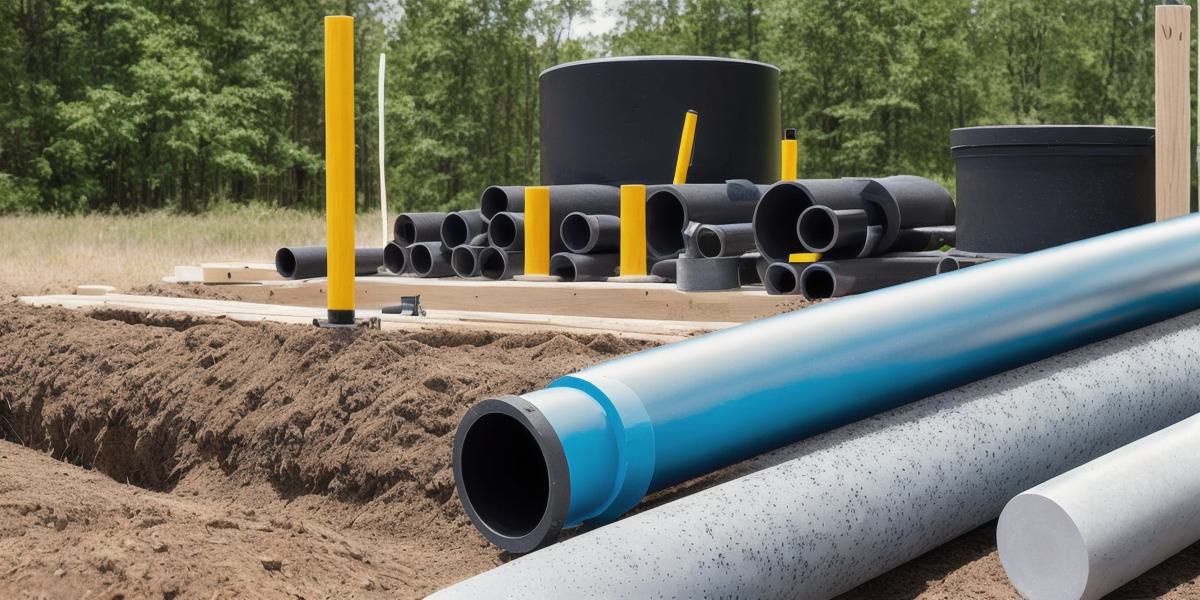Joining high-density polyethylene (HDPE) pipes is a crucial step in ensuring the proper functioning and longevity of your plumbing system. With different methods available for joining HDPE pipes, it can be overwhelming to choose the right one for your project. In this comprehensive guide, we will explore the various HDPE pipe joining techniques and help you make an informed decision based on your specific needs and requirements.
- Compression Fitting
Compression fitting is a popular method used in joining HDPE pipes. This technique involves using a compression fitting that tightens around the ends of the pipes to create a secure connection. Compression fittings are available in various sizes, shapes, and materials, making them a versatile option for different applications.

Pros:
- Easy to install
- Quick and efficient process
- Requires minimal tools
Cons:
- May not be suitable for high-pressure applications
- Not recommended for pipes with varying wall thicknesses
- Slip Fitting
Slip fitting is another commonly used method for joining HDPE pipes. In this technique, a flexible coupling is slipped over the ends of the pipes to create a connection. The coupling is held in place using slip-joint fittings, which provide a secure and tight seal.
Pros:
- Suitable for various applications
- Can accommodate varying wall thicknesses
- Easy to install
Cons:
- Not recommended for high-pressure applications
- May require additional tools for installation
- Weld Fitting
Weld fitting is a more permanent method for joining HDPE pipes. In this technique, the ends of the pipes are welded together using a specialized welding gun that melts the polyethylene material to create a strong and durable bond.
Pros:
- Suitable for high-pressure applications
- Provides a strong and secure connection
- Long-lasting and resistant to corrosion
Cons:
- Requires specialized skills and equipment for installation
- Not recommended for pipes with varying wall thicknesses
- Flange Fitting
Flange fitting is a method used in joining HDPE pipes that require a flanged connection. In this technique, a flange is attached to the end of the pipe using screws or bolts, creating a secure and tight connection.
Pros:
- Suitable for applications where a flanged connection is required
- Provides a strong and secure connection
- Can accommodate varying wall thicknesses
Cons:
- Requires additional tools for installation
- Not recommended for high-pressure applications
- Mesh Fitting
Mesh fitting is a relatively new method for joining HDPE pipes that involves using a mesh material to create a secure connection between the pipes. The mesh is designed to wrap around the ends of the pipes and hold them together, providing a strong and durable bond.
Pros:
- Suitable for high-pressure applications
- Provides a strong and secure connection
- Easy to install
Cons:
- Requires specialized skills and equipment for installation
- Not recommended for pipes with varying wall thicknesses
- FAQs
Q: What are the different methods for joining HDPE pipes?
A: The different methods for joining HDPE pipes include compression fitting, slip fitting, weld fitting, flange fitting, and mesh fitting.
Q: Which method is suitable for high-pressure applications?
A: Weld fitting is suitable for high-pressure applications as it provides a strong and secure connection that can withstand high pressures.
Q: Can different wall thicknesses be accommodated using HDPE pipe joining methods?
A: Some HDPE pipe joining methods, such as compression fitting and slip fitting, are suitable for pipes with varying wall thicknesses. However, other methods, such as weld fitting, are not recommended for pipes with varying wall thicknesses.



![What are the most frequently asked questions about [phrase/word]](https://umemps.org/blog/wp-content/uploads/2024/05/31951686.jpg)